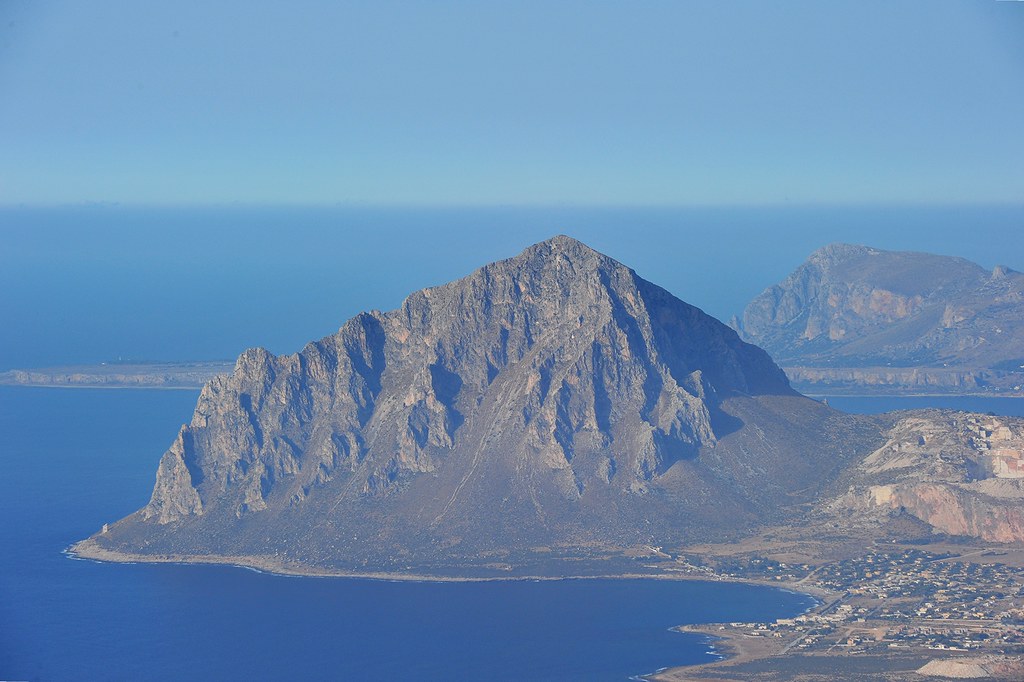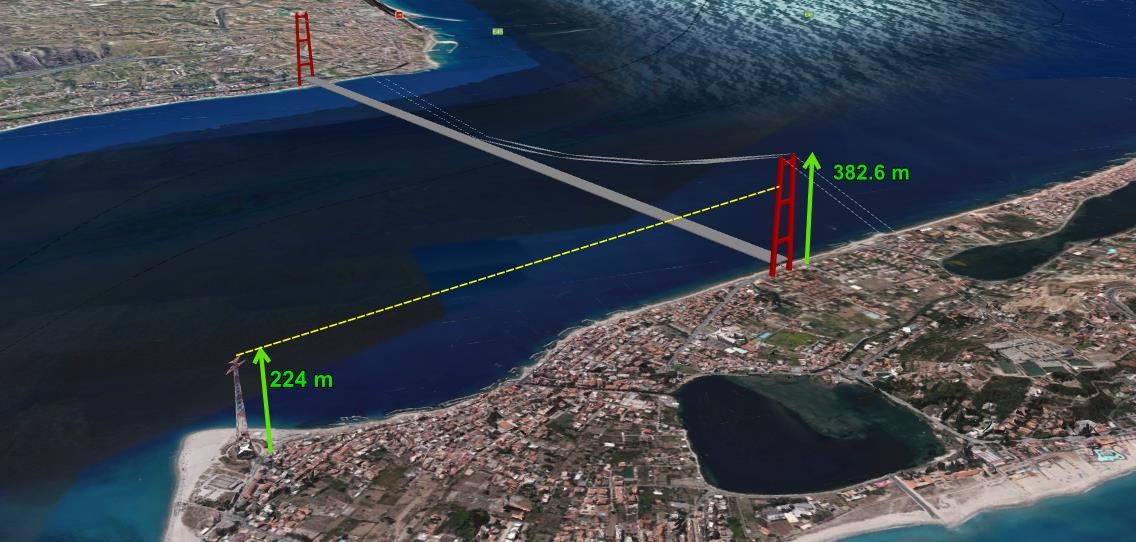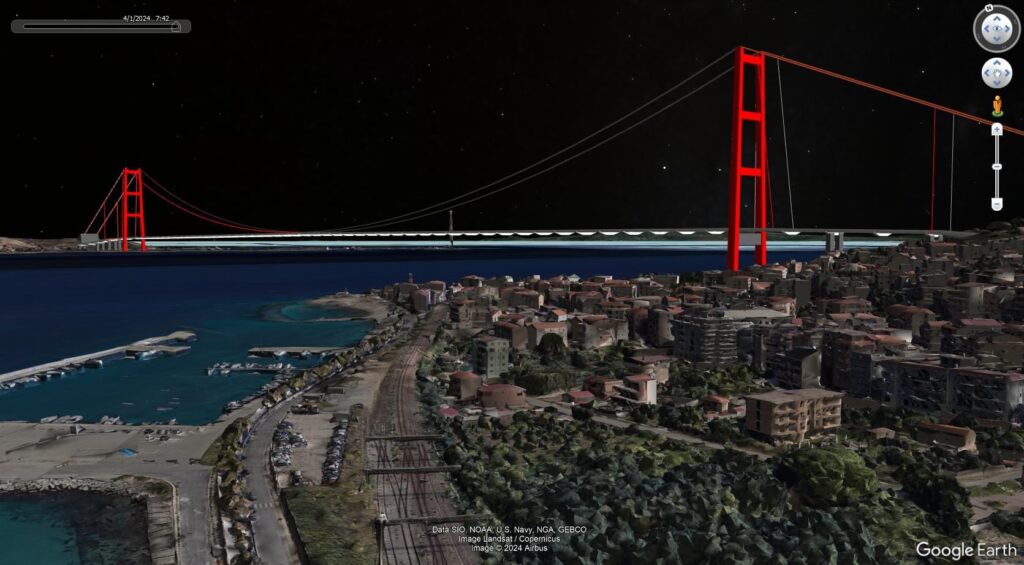
In a significant move that has resonated across Italy and beyond, the nation has officially approved the construction of the world’s longest suspension bridge, a monumental project set to connect the Italian mainland with the island of Sicily. This ambitious undertaking, estimated at 13.5 billion euro ($15.5 billion), represents the furthest stage ever reached for a vision first conceived by the Romans and debated for over five decades. Italian Transport Minister Matteo Salvini hailed the Strait of Messina Bridge as “the biggest infrastructure project in the West.” Premier Giorgia Meloni echoed this sentiment, declaring that the bridge “will be an engineering symbol of global significance.” With preliminary work expected to commence between late September and early October, the project aims for completion between 2032 and 2033, signaling a new chapter for Italian infrastructure.
This Wednesday announcement signals a profound shift, transforming what was once a mere aspiration into a concrete plan for development. The Meloni administration has vigorously championed the project, presenting it as a transformative undertaking for Italy’s infrastructure and regional development. Despite the government’s enthusiastic endorsement, the project is not without substantial opposition, drawing scrutiny from environmentalists and fiscal watchdogs to civil society groups.
The proposed Strait of Messina Bridge is set to be an engineering marvel, stretching an approximate total length of 3.7 kilometers (2.3 miles). Its suspended span alone will measure an impressive 3.3 kilometers (more than 2 miles). This design will enable it to surpass Turkey’s Canakkale Bridge, currently the world’s longest, by a significant margin of 1,277 meters (4,189 feet), establishing a new global benchmark for single-span suspension bridges.
Functionality is at the core of the bridge’s design, incorporating three vehicular lanes in each direction, meticulously flanked by a double-track railway. This robust configuration is designed to handle an impressive capacity of 6,000 cars per hour and facilitate 200 train crossings daily. The promised reduction in travel time across the strait is substantial, transforming a journey that currently takes up to 100 minutes by ferry into a mere 10-minute car ride.

Furthermore, the integration of a railway system into the bridge will offer considerable time savings for train journeys, reducing transit by approximately two and a half hours. These efficiencies are projected to dramatically improve connectivity and logistics for both commuters and commercial traffic. The project’s proponents emphasize these benefits as central to its overarching goal of national integration and economic revitalization.
The idea of a physical link between Sicily and mainland Italy dates back to antiquity, with historical accounts of raft crossings as early as 252 BC. Following Italy’s unification in the 19th century, the concept gained political traction as part of broader efforts to integrate the southern regions. The Italian government formally began exploring options for a bridge across the Strait of Messina in 1969, marking the start of a decades-long saga.
Throughout successive administrations, proposals for the bridge were entertained but actual execution remained elusive. The project has been proposed, modified, canceled, and revived multiple times, reflecting its contentious nature and the complex political landscape of Italy. Former Italian Prime Minister Silvio Berlusconi signed the first major contract for the structure in 2005, a deal valued at €3.9 billion, but the project stalled with the change in government.

A subsequent push during Berlusconi’s return to power also failed, leading to the plan being shelved again in 2011 amidst Italy’s severe financial turmoil during the eurozone debt crisis. After decades of such delays, the current administration, led by Prime Minister Giorgia Meloni, brought the project back into focus in 2023. Now, in 2025, with the approval granted by Italy’s Interministerial Committee for Economic Planning and Sustainable Development (CIPESS), the bridge project has reached its most advanced stage yet.
Prime Minister Meloni acknowledged the inherent challenges of the project, stating, “It is not an easy task but we consider it an investment in Italy’s present and future, and we like difficult challenges when they make sense.” This commitment underscores the government’s determination to see the long-envisioned infrastructure project come to fruition. The approval by CIPESS represents a critical milestone, setting the stage for the commencement of preliminary works.
The construction of the bridge has been awarded to the Eurolink consortium, which secured the contract through an international bidding process. This group is prominently led by Webuild, Italy’s largest construction firm, known for its extensive experience in large-scale infrastructure projects. Webuild is currently involved in the NEOM project in Saudi Arabia, demonstrating its capacity for ambitious undertakings.
The consortium’s partners also bring significant expertise to the table, including Spanish company Sacyr, which participated in the expansion of the Panama Canal, and Japanese engineering group IHI, which has contributed to notable bridges such as the Akashi Kaikyō in Japan and the Osman Gazi Bridge in Turkey. This collective experience positions the consortium as capable of tackling a project of such unprecedented scale and complexity.

Webuild has articulated that the design for the Messina Bridge incorporates advanced engineering solutions specifically tailored for complex environments. The bridge’s aerodynamic profile, for instance, will resemble the fuselage of a fighter aircraft, featuring wind-permeable deck openings. This innovative design is intended to ensure structural stability, particularly during severe storms or seismic events, a critical consideration given the region’s geological characteristics.
Addressing historical concerns about building over the Messina fault, which triggered a deadly earthquake in 1908, Webuild has emphasized that suspension bridges are structurally less vulnerable to seismic forces. The firm points to successful examples of similar bridges constructed in seismically active areas, including Japan, Turkey, and California, as evidence of their resilience. This technical assurance aims to alleviate long-standing fears regarding the bridge’s safety in an earthquake-prone zone.
For decades, the Mezzogiorno, comprising the southern portion of Italy including Sicily, has lagged behind the more industrialized north in terms of development, employment, and investment. The Meloni government contends that a direct road and rail link will help bridge this persistent gap, attracting investment and reducing transportation costs. The bridge is seen as a crucial step towards better integrating the region into the national economy.
Currently, vehicles and trains rely on ferry services to traverse the strait, a process that significantly extends travel times. Trains, in particular, undergo a laborious procedure of being loaded onto ferry vessels, which can add two hours or more to a journey. For cars and trucks, peak times exacerbate these delays, contributing to inefficient logistics and commuting, which the bridge aims to drastically improve.

Italian Transport Minister Matteo Salvini has been a vocal proponent of the project, describing it as “an absolutely fascinating engineering project” and affirming that it “will be transformative for the whole country.” The government has earmarked €13.5 billion over the next decade for the bridge and its associated infrastructure. Webuild projects that more than 100,000 jobs will be created during the construction phase, encompassing both direct employment and opportunities in associated industries.
One of the more contentious aspects of the project involves its proposed classification under NATO-aligned defense infrastructure. Italy has pledged to increase defense spending to 5 percent of its GDP by 2035, with a 1.5 percent allocation specifically for strategic structures. A report published in April by Italian authorities stated that the bridge “constitutes a fundamental infrastructure with respect to military mobility,” especially considering nearby NATO installations.
The report also highlighted the “growing role of the Mediterranean as a geopolitically sensitive area.” At the NATO summit in June, Prime Minister Meloni cited increasing Russian activities in the Mediterranean and North Africa as a justification for advancing the bridge, remarking, “We see Russia increasingly projecting itself into the Mediterranean… There are many hybrid threats, many hostile actors operating on the southern flank of the [NATO] alliance.” Minister Salvini supported this view, saying, “It is obvious that it is dual-use and can therefore be used for security reasons too,” though he clarified that the final classification would depend on assessments by the defense and economy ministries.

Concerns about organized crime infiltrating the project have also surfaced, given Southern Italy’s long history with mafia networks, particularly in public procurement. In response to these fears, Prime Minister Meloni mandated that the bridge project remain under the jurisdiction of national anti-mafia laws, rejecting early proposals to assign oversight solely to the Interior Ministry, which critics worried would weaken controls.
Minister Salvini pledged strict enforcement of anti-mafia measures, indicating that the government would adopt procedures similar to those used for the Milan Expo 2015 and the upcoming Milan-Cortina 2026 Winter Olympics. He stressed the importance of ensuring that “the entire supply chain is impermeable to bad actors.” Senator Nicola Irto of the Democratic Party (PD) called the project “controversial and divisive,” voicing concern that it would divert “crucial resources from local transportation, modern infrastructure, safe schools and quality healthcare facilities.” Grassroots Calabrian committee “No to the Bridge” also slammed the announcement, calling it a political maneuver rather than the outcome of thorough technical evaluation.
Further adding to local grievances, citizen groups noted that the bridge’s construction would require millions of liters of water daily, while both Sicily and Calabria frequently struggle with drought conditions. This potential strain on water resources in already arid regions presents another significant environmental and social challenge.
Although preliminary works, such as archaeological and geological surveys, are now authorized, actual construction is pending final validation from the Italian Court of Auditors. A source familiar with the process indicated that this review could take several weeks. Minister Salvini has expressed optimism that land expropriations and physical construction would commence in September or October of this year, pushing the project forward after decades of debate.

The approval marks a pivotal moment, yet the journey ahead for the Strait of Messina Bridge remains complex and fraught with challenges. It stands as a testament to Italy’s grand ambitions, striving to connect its varied landscapes and economies with a structure of global renown. However, its path will continue to be shaped by a delicate balance between engineering triumph, economic aspiration, and the persistent, deep-seated societal, environmental, and security concerns that have defined its history. Italy now steps into a new phase of this monumental endeavor, with the world watching to see if this engineering marvel can overcome its formidable critics and the weight of its own complex legacy.



